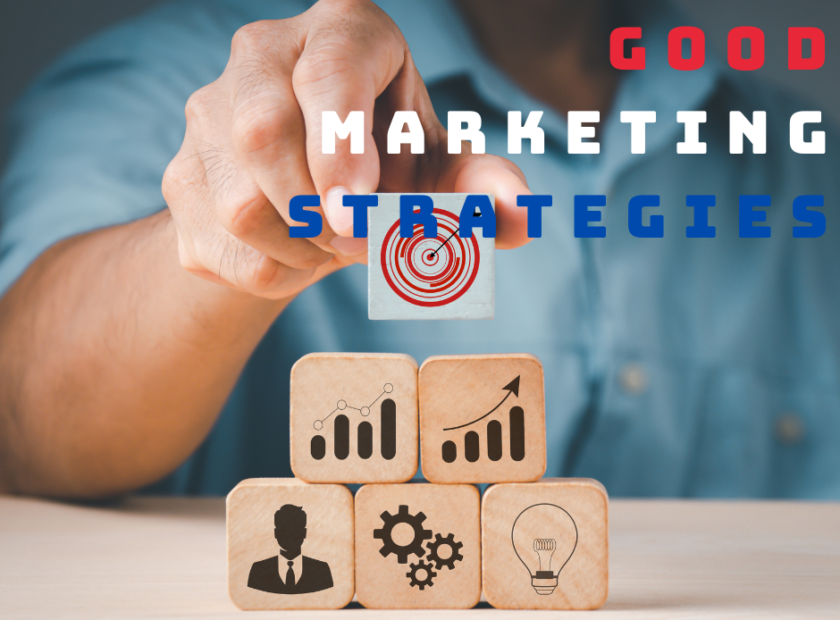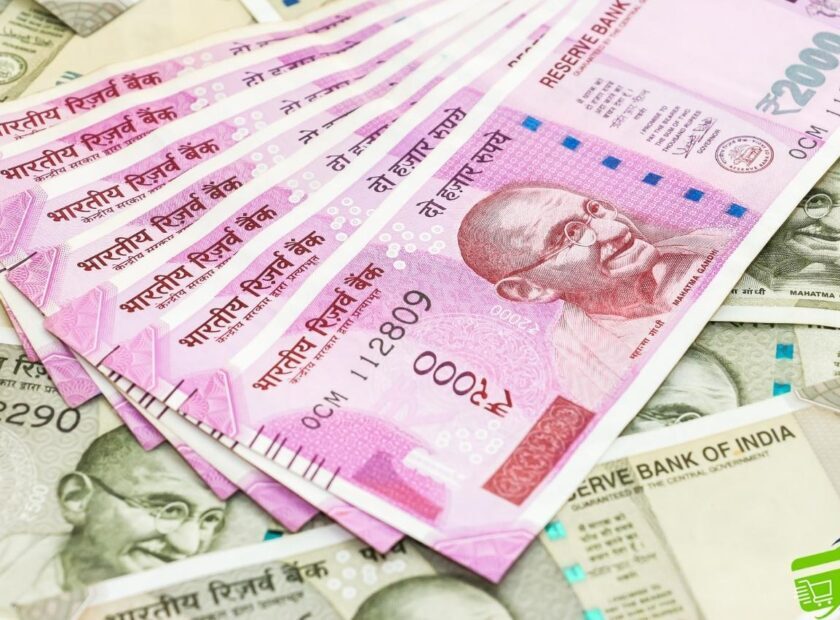
How much money should I save to start an FBA business on Amazon?
Do Amazon sales require a fee? Yes, is the short response. Any real firm needs an initial financial investment, as well as time and effort, to get off the ground. However, compared to practically all other business models, selling on Amazon FBA has a far reduced initial cost in terms of both money and time.
Depending on the business model you choose, starting a private label requires a significant investment, however, the profit margin is excellent. In contrast, starting a wholesale business requires less capital and little risk, however, the profit margin is only fair.
You could expect to pay a minimum of 15000 rupees for it. Finding a source, paying for samples, building up your inventory to the point where you can begin offering, plus setting up your Amazon Sellers Account are all included in this. If you need to conduct advertisements to increase sales of the products and anticipate that the products would sell for 15,000 rupees instead of 10,000, you would keep an additional 15,000 rupees.
What to do when starting an FBA business on Amazon?
Do your homework before jumping in and starting to sell. When launching a product, you have to spend money on a number of things.
Prior to listing your goods on Amazon, you must conduct product research, identify a profitable product, and purchase it from a reputable retailer. Once the inventory has been delivered to the Amazon warehouse, you must rank your product and run PPC advertising.
You require tools for this entire process, including product research, keyword research, as well as competitor analysis.
How much money you’ll need to establish a profitable Amazon FBA business?
Everything will rely on your strategy and how you handle the various expenditures. Of course, you’ll need the very minimum to meet the startup expenditures, but it also suggests saving more money so you can fuel growth as well as test your items.
Amazon costs you Rs. 81 for each item sold here on Individual Plan for each unit one sells. The referral payments are based on the market segment you sell in, as well as the fulfilment charges are based on whether you want to manage the logistics yourselves or ask Amazon to do it for you. The landed price would go up if you go with the latter, however, it will be considerably simpler than managing the delivery yourself.
Although you may be able to gather this much money and get started more quickly, it’s strongly advised that you save money, do more research on the things you’ll be selling, and plan how you’ll fulfil those orders. This might be more cost-effective to handle order fulfilment yourself, however, if you decide to work with Amazon, you need to think about how many things you’ll be selling to decide whether to charge each item or the Rs. 3,300 monthly prices for a Professional Seller’s Account.
Whenever a business has Amazon Brand Registry, its sales on our marketplace typically increase significantly. Obtaining a registered trademark will enable you to apply for the programme which unlocks selling rights, which may significantly boost your brand authority.
Beginning with how Amazon FBA functions and where you would require to make investments:
1. The Supply Chain
By default, this investment ends up in your possession. There are some items you must obtain from the supplier in order to run a retail business as well as sell on Amazon. You must now decide on the type of investment you intend to make. You have the option of making a little investment to test the market or a larger investment to purchase items in bulk.
2. Transporting the order to the FBA Fulfillment Center
Even if Amazon handles all of your efforts (such as shipping all orders, providing customer service, packaging, etc.), you are still responsible for the costs associated with transporting your merchandise to Amazon’s warehouse.
3. Return Management
Your largest hassle is taken care of by Amazon. Even if Amazon receives the merchandise on your behalf, if there is ever a manufacturing error, Amazon will send you the defective product right away (seller). Amazon will charge you for such product transfers from the fulfilment centre to your warehouse if you are a vendor.
Both before and after becoming an Amazon FBA seller, there are numerous expenses. To put it briefly, if you want to start selling on Amazon, you need to have at least Rs. 15000 available for investment.
A few people who made a significant investment in their Amazon FBA company venture failed.
Let’s split down the charges here to demonstrate how much cash you require to launch the business:
Necessary expenses
The fees associated with setting up your seller account, purchasing boxes or using a prep facility, paying for Amazon FBA shipment, and of course acquiring your goods. Regardless of how many items you sell, the Professional plan would cost rupees 3,300 per month and also the Individual seller account is charged rupees 81 for each unit sold. Prep centres charge based on the service they provide and typically charge per item.
Recommended costs
It’s better to take these costs into account even though you can start your firm without them. This category includes costs for things like purchasing source directories or analysis tools and software. Even though this price fluctuates, sourcing lists typically cost approximately 8,254 rupees each month.
Extra fees
Although they can help the business, these charges are not provided to start-ups.
The cost of launching an Amazon FBA business depends on the following factors:
You will just need these seven items, which will reduce the cost:
- Cost of product
- Product Research Tool
- Amazon seller account
- Logo
- Bar code
- Photos
- Inspection
Cost Of Product
The number of units you order as well as the price per unit will determine the pricing of the product. It is advised to place an initial order of 200 to 300 units solely to test the market. Since the market might fluctuate and you do not want to lose any money, it is not encouraged to order 500 or 1,000 units at first.
Tool for Product Research
Product Research Tool would be the second item you’ll require (like Jungle Scout).
Amazon Seller Account
An Amazon seller account would be the third item you need to begin going. Regarding the Amazon seller account, there are 2 alternative price points. The individual account is free, as well as the professional account costs Rs. 3,300 per month.
Logo
A logo is the fourth item you’ll need. You can use Fiverr for that.
Barcode
A barcode, which is also the UPC code, would be required as the fifth item. Sending your supplier this UPC number will enable them to apply it to your shipment and individual units before sending them to Amazon. The approximate cost of the UPC barcode is 412 rupees.
Photos
Photographic fees are a choice. There are two ways to order photographs. You can either pay a photographer to shoot your shots or ask your suppliers to offer you their expert images of the product.
Employ An Inspection Firm
Employing an inspection company would be the seventh optional step. They will check all of your items for you prior to being shipped out by going to the suppliers’ warehouse. They will compile a thorough report on the product’s quality and any possible damage.
To begin paying for all of these expenses, it would be a good idea to have at least 15000 rupees.
Once you decide to try Amazon FBA
Determining whether to concentrate on retail/online arbitrage, wholesale, or private label is the first step.
Wholesale
Wholesale is advantageous because you can typically obtain products from the USA, eliminating the need to deal with Chinese manufacturing, import taxes, etc. Additionally, since the listing is typically already set and you are just another seller on it, you do not have to spend time developing and rating the listing.
Downsides of Wholesale
However, there are drawbacks to buying in bulk. First off, since you are truly only one among x sellers of a particular product, profit margins could be significantly lower. The possibility that Amazon will decide to sell the item is another significant risk. If they do that, they generally offer it at a cost which prevents you from profiting, meaning you might have to sell your merchandise at a loss.
Retail and/or online arbitrage
Finding a product for sale someplace for a low price and afterwards selling it all on Amazon at a higher cost is known as retail arbitrage or online arbitrage. Although many people succeed financially by doing this, it’s not my preferred business model on Amazon. When engaging in retail arbitrage, plenty of time is spent browsing shelves for deals and physically shipping merchandise to Amazon.
They are all considered to be non-scalable and therefore not the best uses of my time. Additionally, arbitrage chances often disappear, so you are constantly looking for the next opportunity. I’m sure some folks adore that. Arbitrage focuses more on making quick money while you’re trying to establish a long-term asset (i.e. significant brand(s), highly ranked listings). Having said that, arbitrage is a great approach to understanding the inner workings of Amazon FBA.
Downsides of Arbitrage
Online retail arbitrage is not uninteresting, mind you.
Simply put, there are a few things that are working against it:
- It is both a job as well as a business. However, you could discover that it doesn’t “feel” similar to having your own company as creating your branding of eCommerce would.
- Because the margins are usually small, you either need to be brash, lucky, or intelligent.
- Entry requirements are fairly minimal. Many others who wish to do what you are doing will compete with you.
FBA is the ideal venue, though, if you would like to test your skills at retail arbitrage.
The key justifications for my recommendation of FBA in this instance are:
- FBA is ideal for this kind of enterprise. The framework is already in place.
- You’ll pick up a tonne of knowledge regarding business in general.
- When compared to the alternative, the time commitment is quite minimal.
Private Label
Last but not least, private label (sales of own stuff.) Work with Chinese companies to get items produced, have them sent to a third-party warehouse in the United States and then routinely ship products to Amazon. It takes a tonne of labour. You must control the whole supply chain (suppliers, warehouses, shippers, and Amazon itself.) Customer returns and grievances must be handled. If you desire to be successful, you must also become familiar with and handle Amazon’s advertising systems.
Where there is the most excitement is in private labels. In this case, you’re developing a brand, a product, a presence, and all of its associated elements.
The majority go for Private label for the following advantages
- First of all, since many suppliers won’t deal with solely online retailers, it can be challenging to find competitive wholesale goods.
- Second, you can manage your listing as well as your brand. You could sell even on other platforms without needing to compete for the buy box.
- The costs associated with various company types
- It’s also important to note that each of these company strategies needs to invest some money in buying goods.
Prices incurred in various business models are:
- You might start with just Rs. 4,127.05 or Rs. 8,254.10 when engaging in retail arbitrage.
- Minimum purchase quantities for wholesale would be necessary, however, they are normally small (often rupees 41,270.50 or 82,541.00 to get favourable terms.)
- Private label needs a bit more IMO.
Conclusion
Amazon can be lucrative, but getting there will need a lot of effort. With at least 15k rupees, you can launch an Amazon FBA private label business. In the private label option, you establish your brand or private firm as well as sell a product on Amazon as a firm. This is also the case if you wish to begin an Amazon FBA wholesale business wherein you sell products from other companies with their permission.
Reference links
Post link- https://bestbuyhacks.com/how-much-money-should-i-save-to-start-an-fba-business-on-amazon-2/






